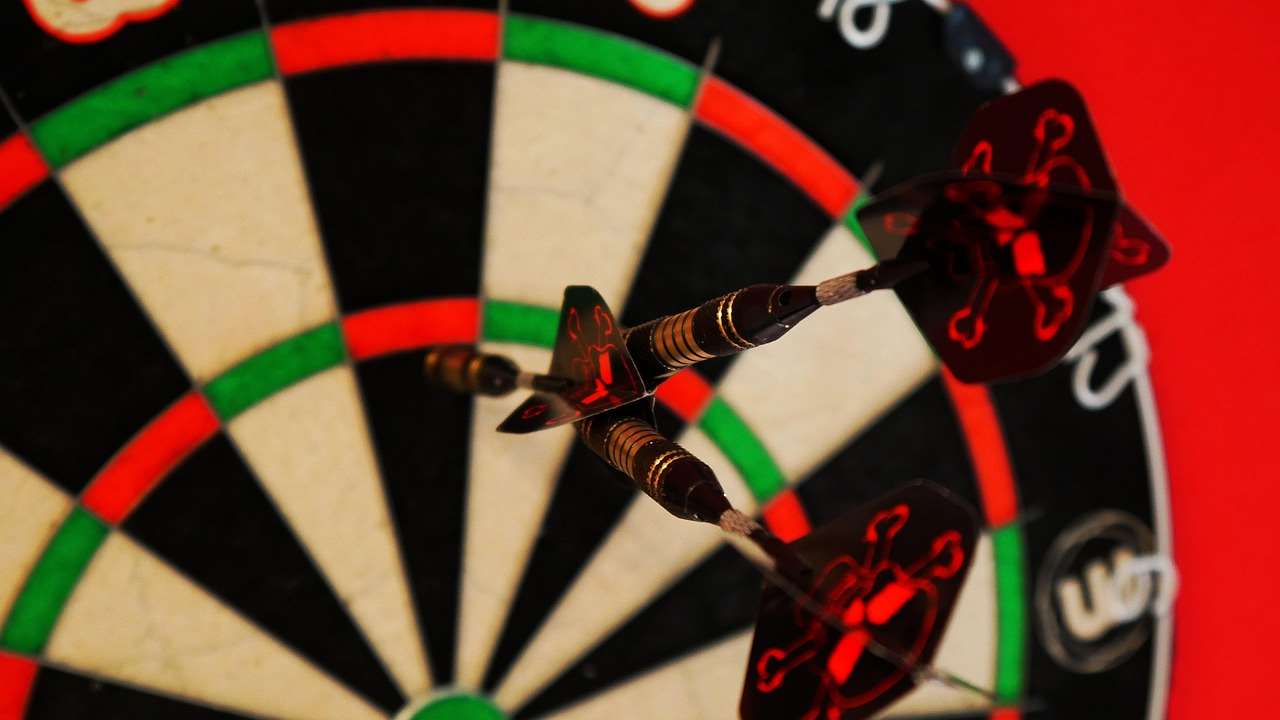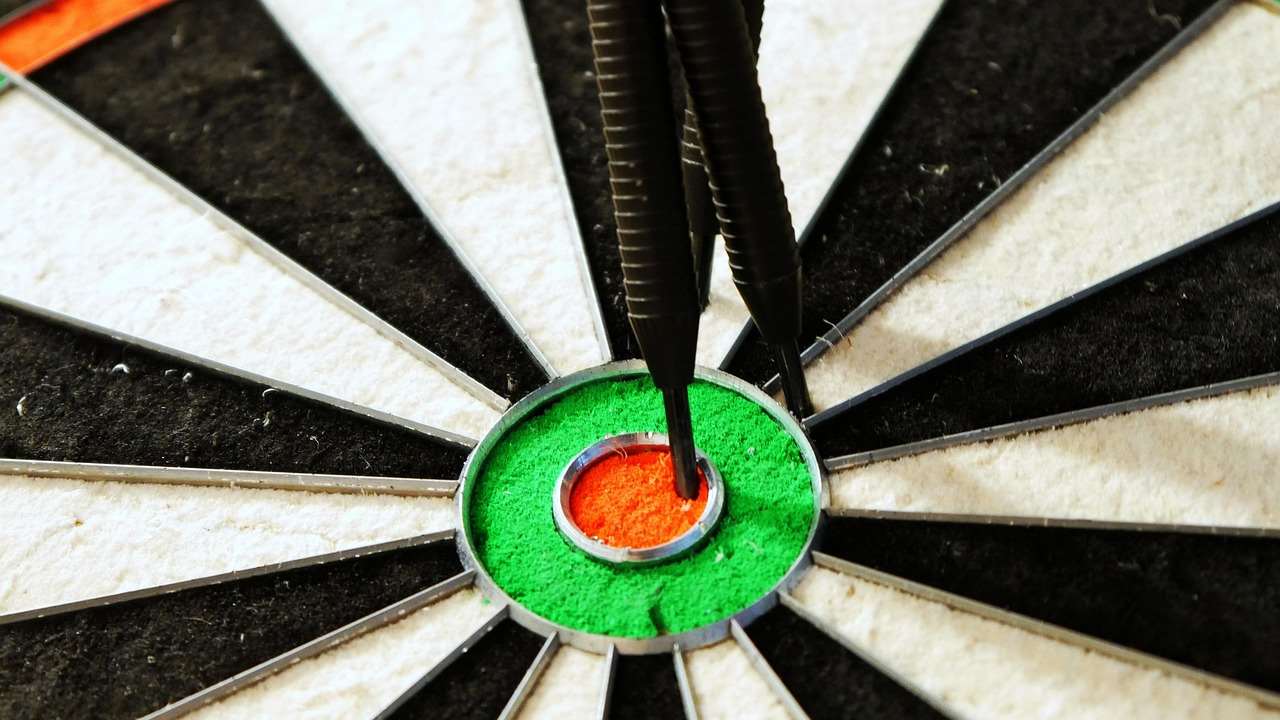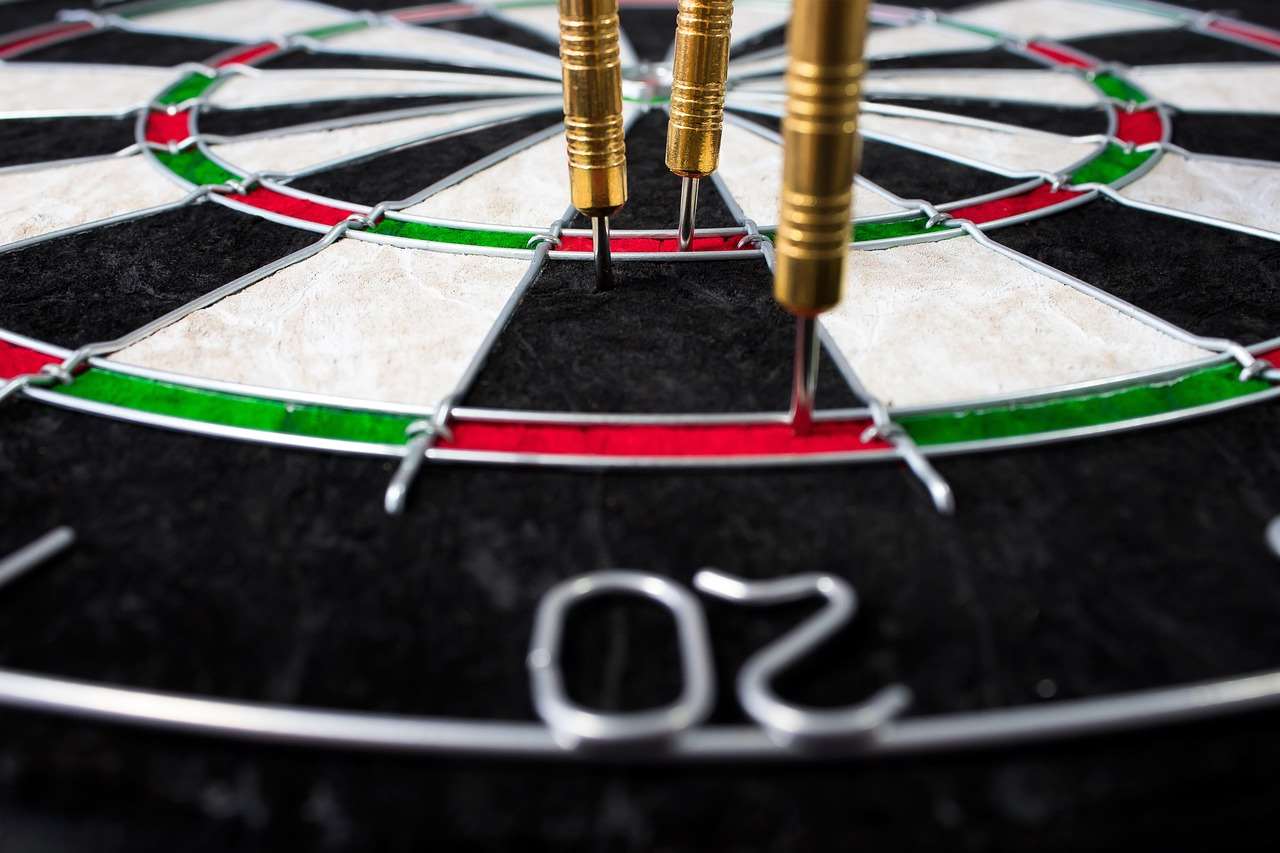A comprehensive darts database offers a wealth of information for players of all levels, from beginners tracking their progress to seasoned professionals analyzing their game. This article will explore the benefits of using a darts database, detailing how to create and utilize one effectively, and will also discuss various aspects of the game, providing valuable insights to enhance your darts experience.
⚠️ Still Using Pen & Paper (or a Chalkboard)?! ⚠️
Step into the future! The Dart Counter App handles all the scoring, suggests checkouts, and tracks your stats automatically. It's easier than you think!
Try the Smart Dart Counter App FREE!Ready for an upgrade? Click above!
The availability of a well-structured darts database can significantly improve your game. By meticulously tracking your performance, you can identify strengths, weaknesses, and patterns that may otherwise go unnoticed. This data-driven approach allows for focused practice and targeted improvement.
Many players find that keeping a simple spreadsheet or using a dedicated darts scoreboard app is an easy way to start. However, a truly comprehensive darts database should go further, integrating different data points and offering advanced analysis features.

Building Your Own Darts Database
Creating your own darts database can be surprisingly simple, even if you’re not a tech expert. You can start with a spreadsheet program like Microsoft Excel or Google Sheets. Here’s what you should consider including:
- Game Date and Time: Crucial for tracking progress over time.
- Opponent(s): Useful for comparing performance against different players.
- Game Type: 501, 301, Cricket, etc. This allows for analysis of performance in different game formats.
- Score: Your final score, and ideally, scores at different stages of the game for detailed analysis.
- Checkout Percentage: A key indicator of finishing ability.
- Average Score: A common metric in darts, highlighting overall performance.
- Three-Dart Average: A more granular performance indicator.
- High Checkout: Records the highest checkout score achieved during the game.
- Notes: Space for recording observations, such as specific strategies used, areas for improvement, or external factors (e.g., tiredness). This qualitative data can be very insightful.
Once you’ve collected data for several games, you can use spreadsheet functions to calculate averages, identify trends, and analyze your performance. For example, you can easily create charts and graphs to visualize your progress over time. Consider using features like conditional formatting to highlight exceptional performances or areas needing improvement.

Advanced Darts Database Features
For those seeking more advanced functionality, consider using database software or even creating a custom application. A more advanced darts database could include features such as:
- Statistical Analysis: Advanced calculations beyond simple averages, providing insights into your strengths and weaknesses in different areas of the board.
- Opponent Profiles: Storing information about regular opponents, such as their strengths, weaknesses, and typical scoring patterns.
- Performance Visualization: Interactive charts and graphs showcasing performance trends and highlighting areas for improvement.
- Integration with Darts Score Sensor Technology: Some high-tech darts score sensor systems can automatically record your scores, eliminating manual data entry.
Think about how you want to use the darts database. If you are focusing on improving your accuracy, you might want to create a section to track your scores based on the specific segment of the board. If you’re concentrating on your checkout abilities, you might want to track checkout percentages in different games.
Utilizing Your Darts Database for Improvement
The real power of a darts database lies in its ability to help you improve your game. By analyzing the data you’ve collected, you can identify key areas for focus during practice. For instance, if your three-dart average is consistently low, you know you need to work on improving your overall accuracy and consistency.
Regularly review your data to track progress. You might find that your checkout percentage improves significantly after focusing on specific practice drills. Understanding these patterns will enable you to refine your game effectively. This is where a strong darts database shines, letting you visually see the effectiveness of your training and adjustments. Perhaps you’ll discover that changing your darts flight micron impacts your game more than you thought.

Beyond the Numbers: Qualitative Data in Your Darts Database
While numerical data is essential, don’t underestimate the value of qualitative information. In your darts database, include notes on your game experiences. Did you feel fatigued? Were you distracted? Did you try a new throwing technique? Recording these insights alongside your scores will provide a more holistic understanding of your performance.
These qualitative notes can help you identify non-performance related factors affecting your game. Were your darts low scores due to a bad night, or a particular opponent’s strategy? Understanding these factors can help you to develop better coping mechanisms and strategize more effectively.
Choosing the Right Darts Database Software or Tool
If you decide to go beyond spreadsheets, you might want to explore dedicated darts database software or online applications. These tools often offer advanced features such as:
- Automated Data Entry: Some systems integrate with score sensors or automatically track scores from various dart games.
- Advanced Statistics: Beyond averages, these tools might offer more detailed statistical analysis and performance visualizations.
- Community Features: Some applications offer the ability to share data with other players, compare performance, and even participate in online leagues or challenges.
However, remember that the best darts database is the one you’ll actually use consistently. Start simple, and only add complexity if it enhances your game enjoyment and helps you track and improve performance. You might find a simple spreadsheet completely sufficient, and there’s no need to overcomplicate things.

The Importance of Consistency in Using Your Darts Database
The value of your darts database lies in the consistency of its usage. The more data you gather, the more reliable your analysis will be, allowing you to identify subtle trends and patterns that might otherwise go unnoticed. Regular data entry is crucial to make the most of this powerful tool.
Think of it as a logbook for your darts journey. Every entry, even if it’s a disappointing game, contributes to a more complete picture of your performance over time. Don’t underestimate the benefit of tracking your drinking darts games or friendly matches.
Maintaining a well-organized darts database allows for meaningful insights, guiding your practice sessions toward tangible improvements. Consider setting aside a few minutes after each game to update your records; this small commitment yields significant benefits in the long run.
Integrating Your Darts Database with Other Tools
Your darts database doesn’t exist in a vacuum. You can integrate it with other tools to enhance its usefulness. For example, you could combine it with video analysis of your throws to identify technical issues. You could also cross-reference it with information on specific where to put a dart board and its potential effect on your game.
Think about the resources you already use for improving your darts game and how a darts database could complement them. This integration will offer an even more comprehensive picture of your performance, optimizing your training and game strategy.

Conclusion
A well-maintained darts database is an invaluable asset for any serious darts player. By diligently tracking your performance and analyzing the data, you gain a powerful tool for identifying areas for improvement and monitoring your progress. Whether you use a simple spreadsheet or dedicated software, the key is consistent data collection and regular review. Start building your darts database today and unlock your full potential on the oche!
Hi, I’m Dieter, and I created Dartcounter (Dartcounterapp.com). My motivation wasn’t being a darts expert – quite the opposite! When I first started playing, I loved the game but found keeping accurate scores and tracking stats difficult and distracting.
I figured I couldn’t be the only one struggling with this. So, I decided to build a solution: an easy-to-use application that everyone, no matter their experience level, could use to manage scoring effortlessly.
My goal for Dartcounter was simple: let the app handle the numbers – the scoring, the averages, the stats, even checkout suggestions – so players could focus purely on their throw and enjoying the game. It began as a way to solve my own beginner’s problem, and I’m thrilled it has grown into a helpful tool for the wider darts community.